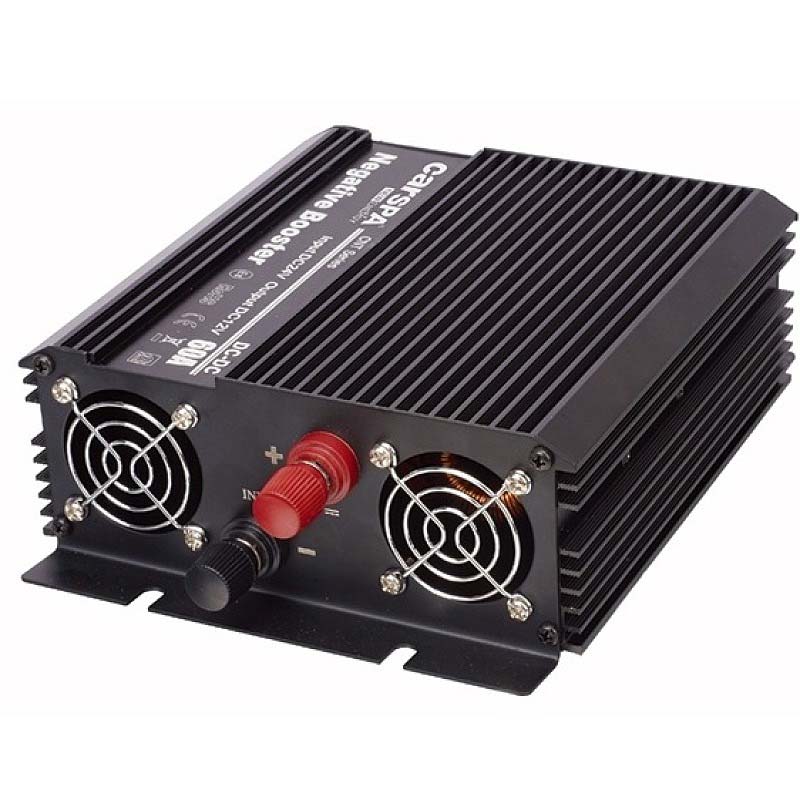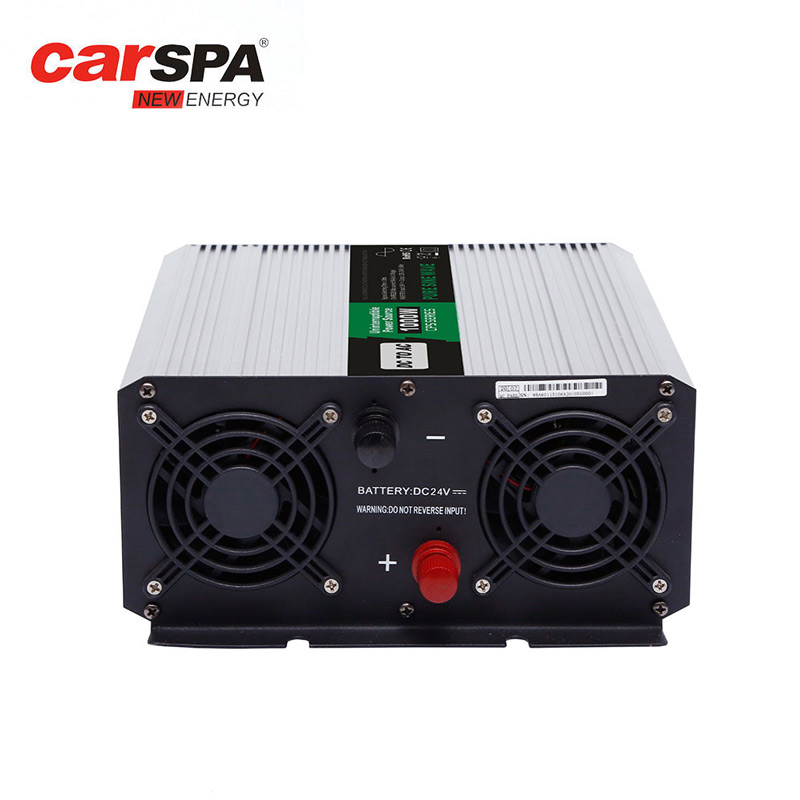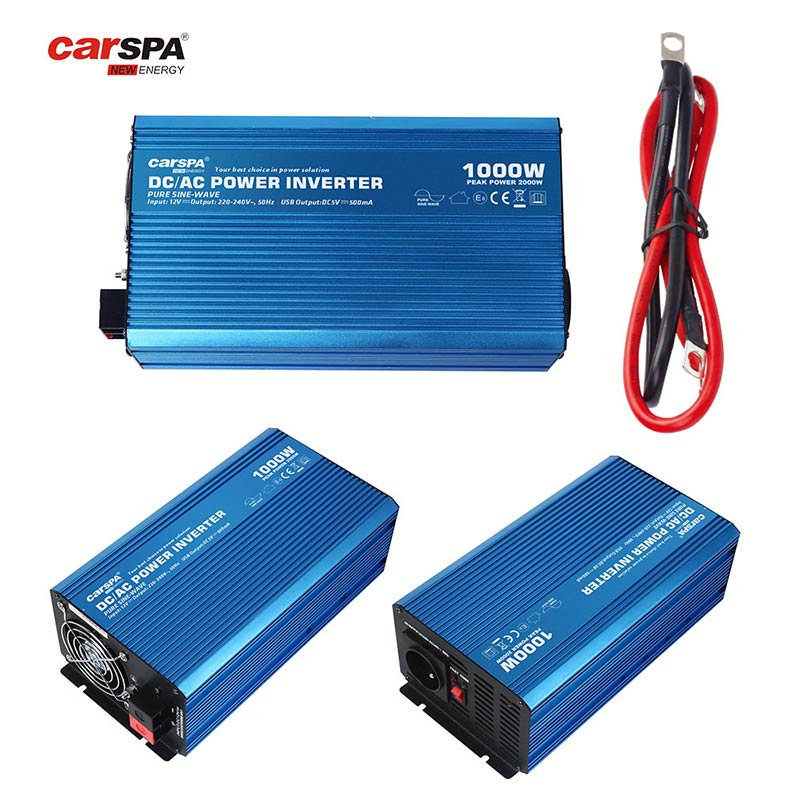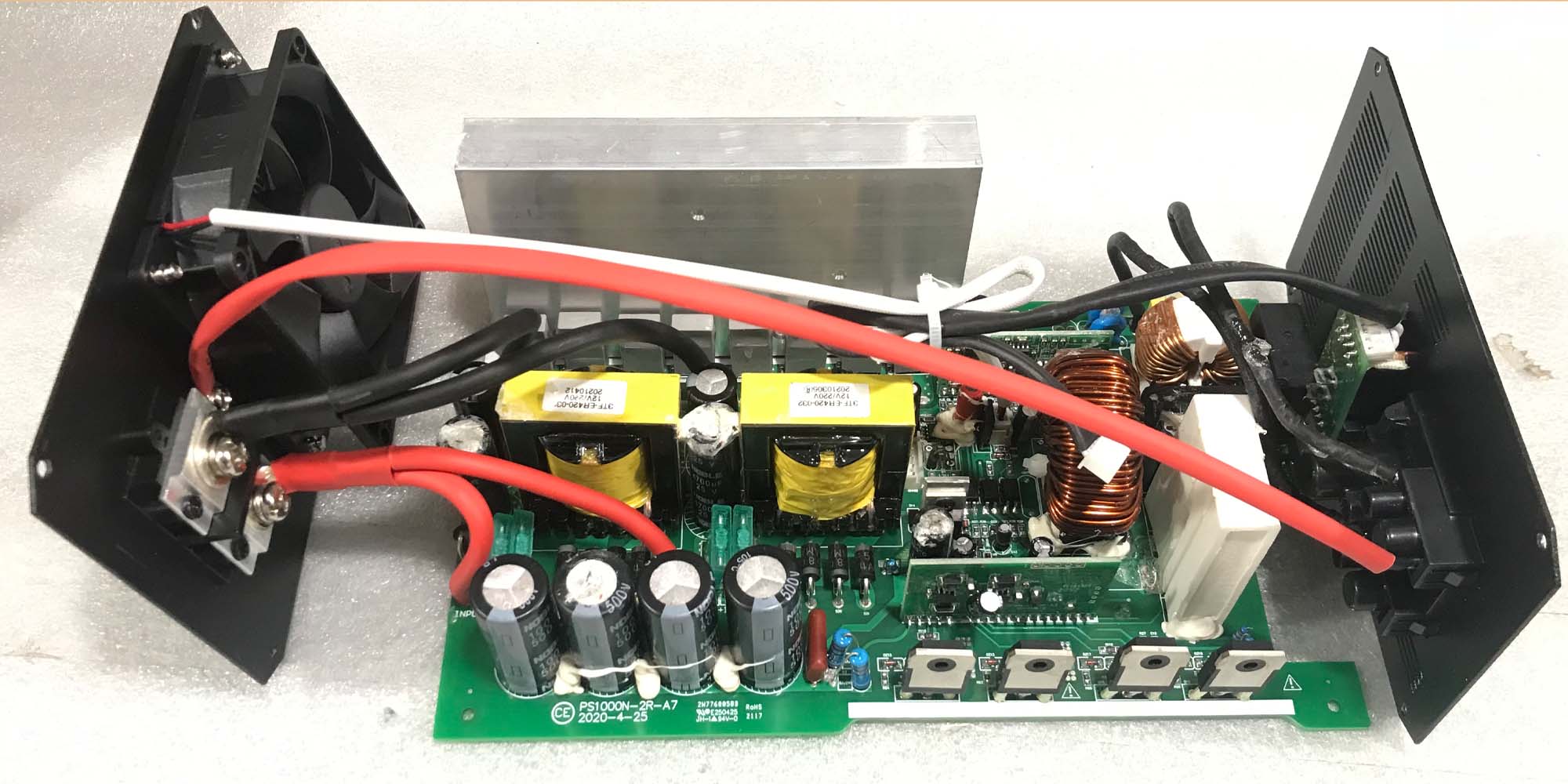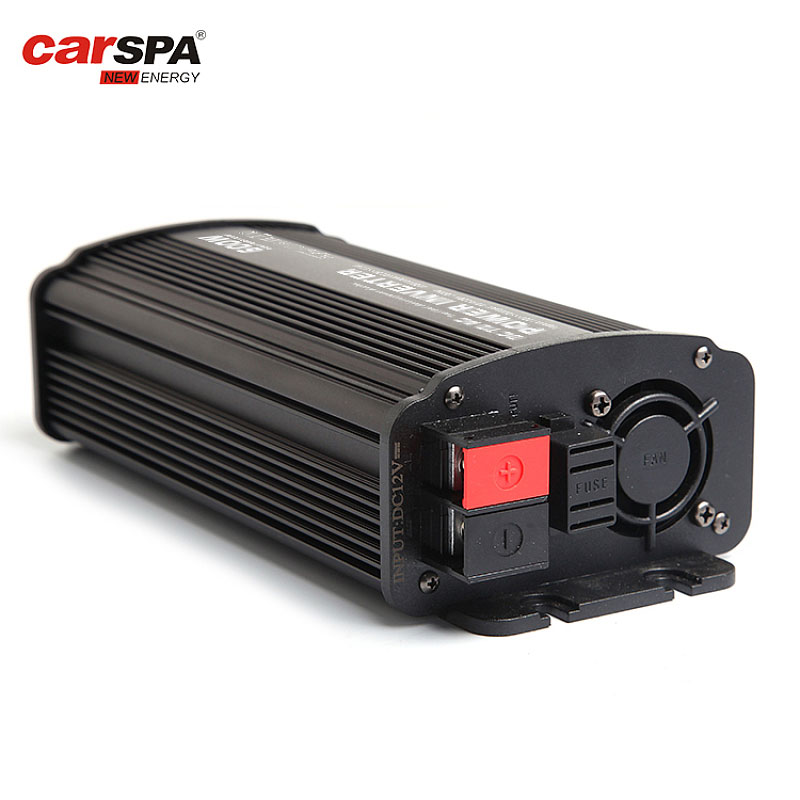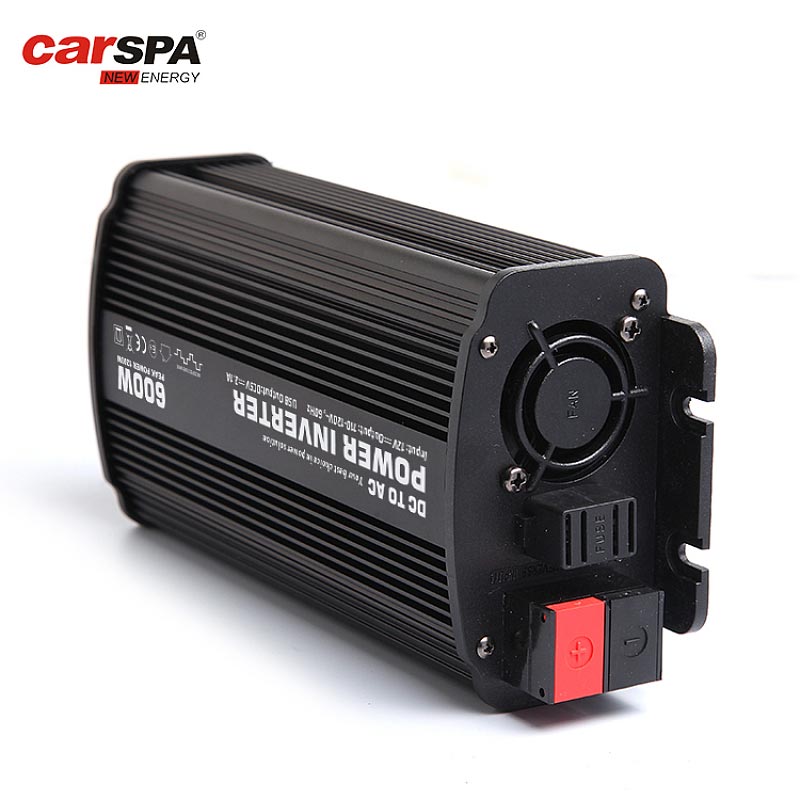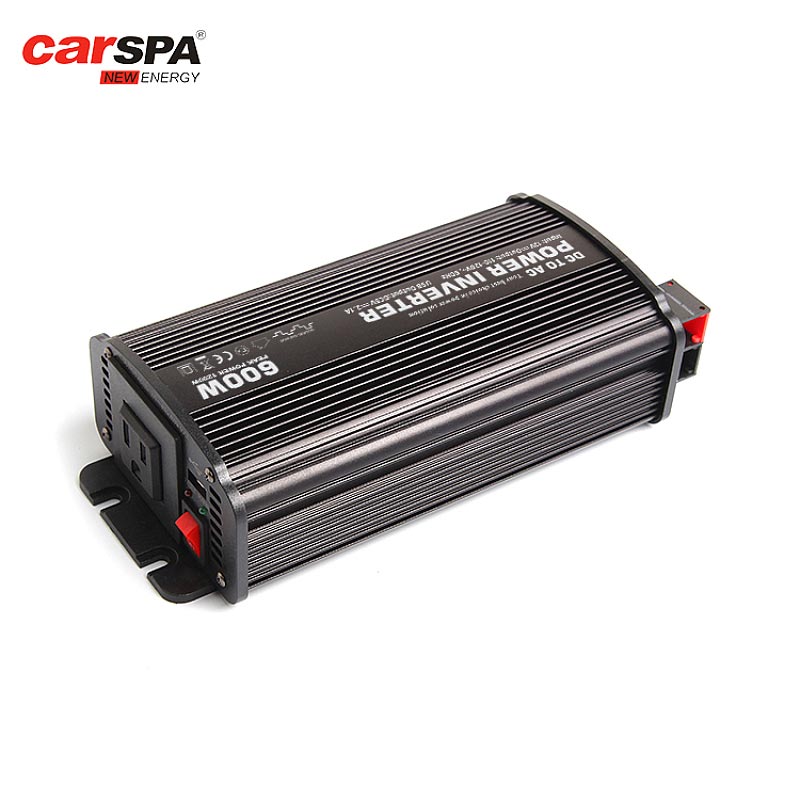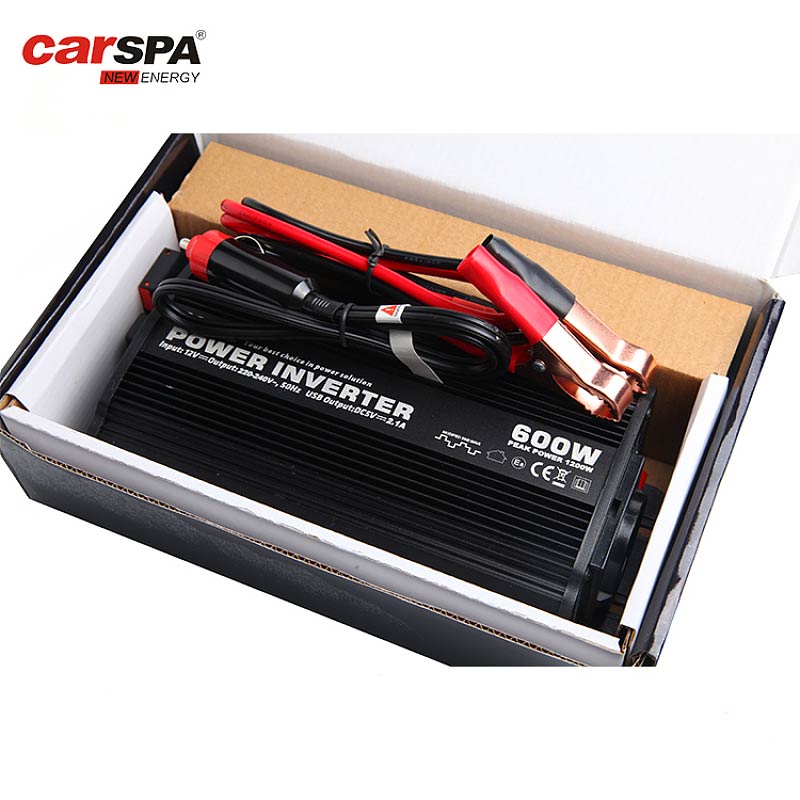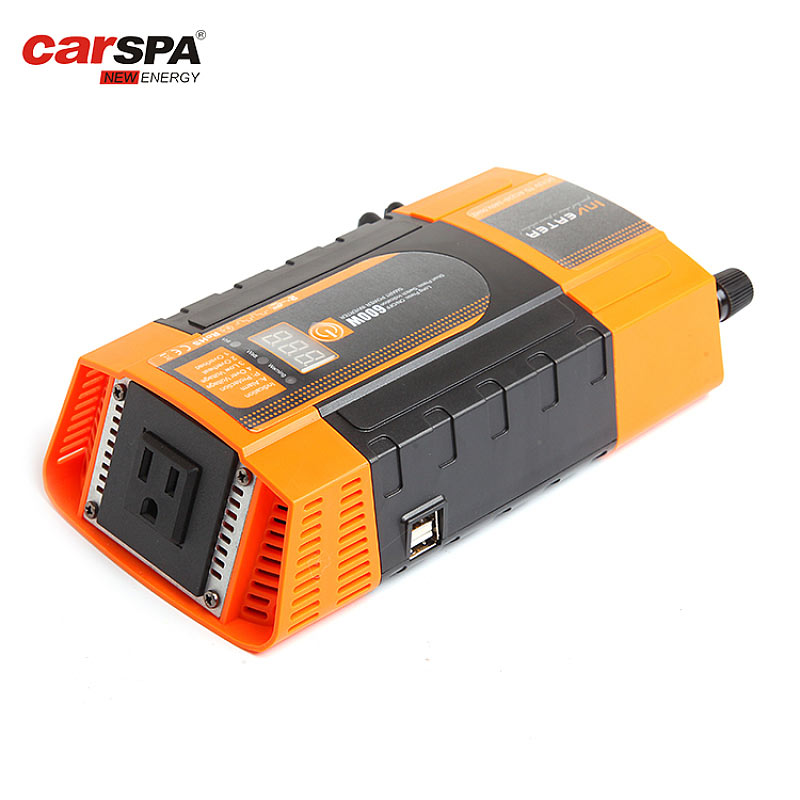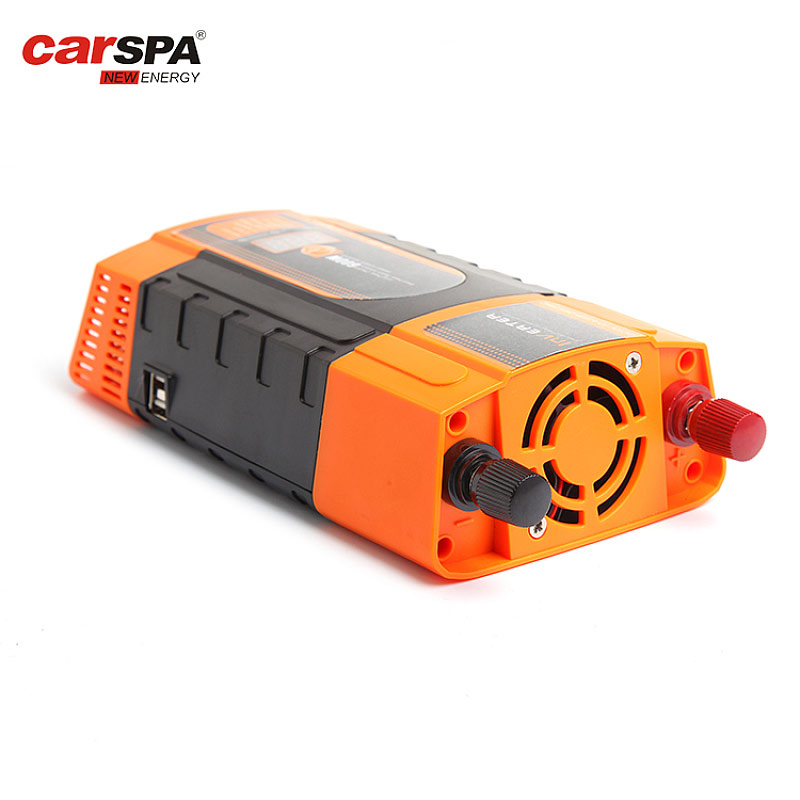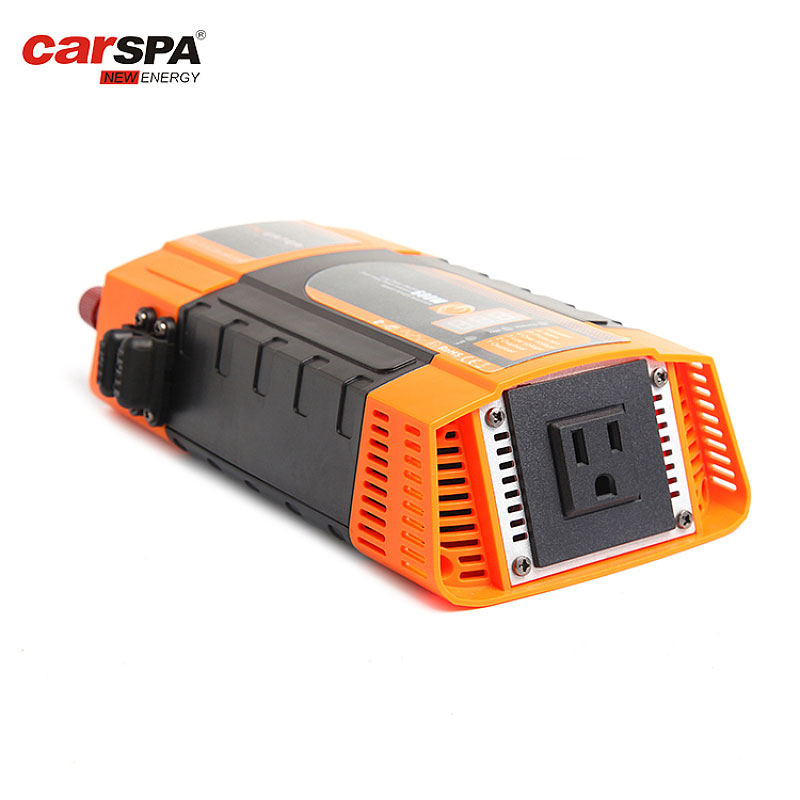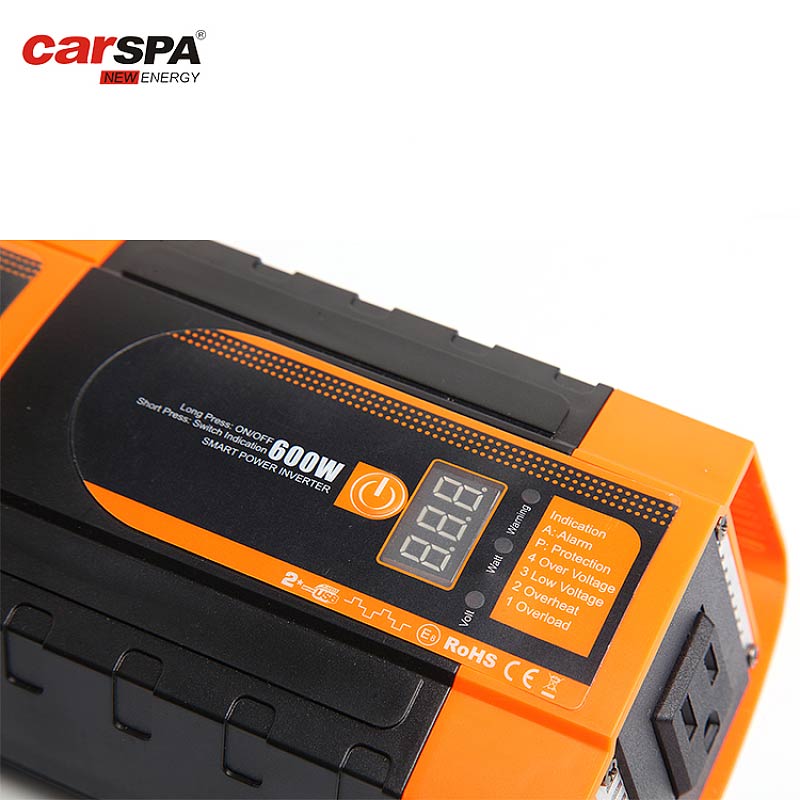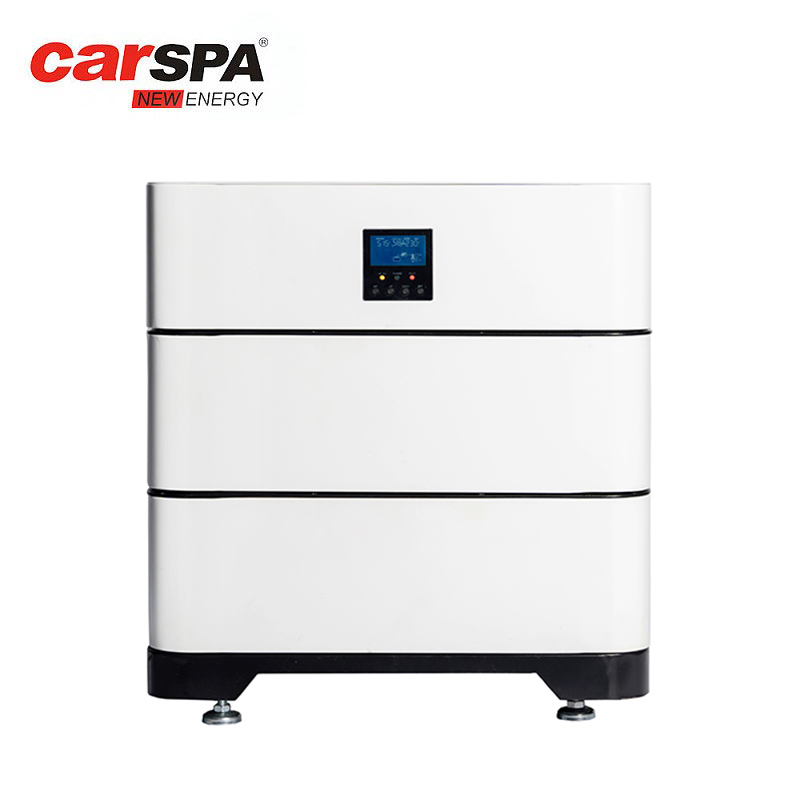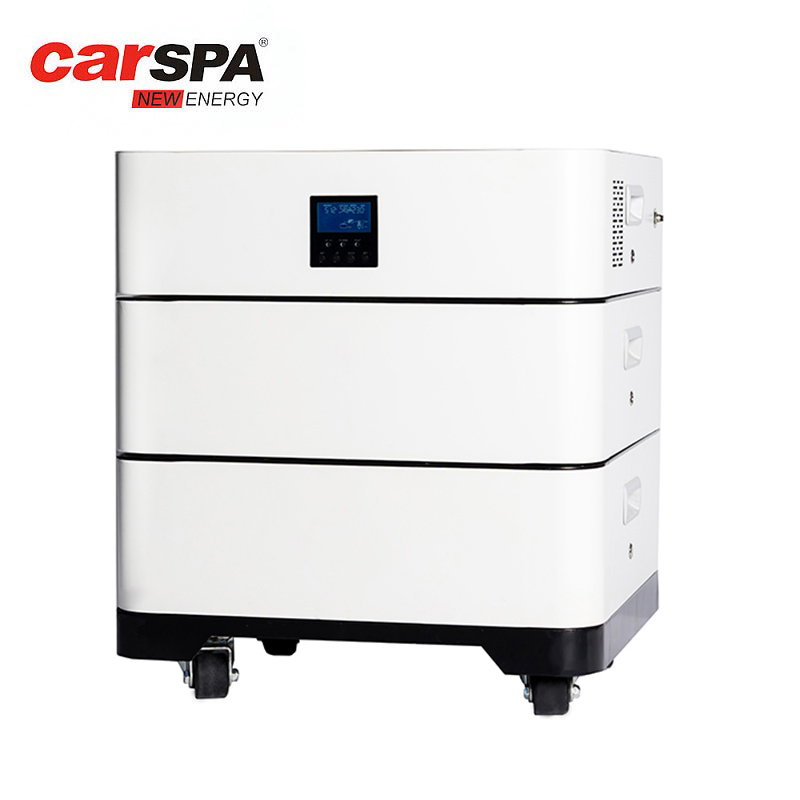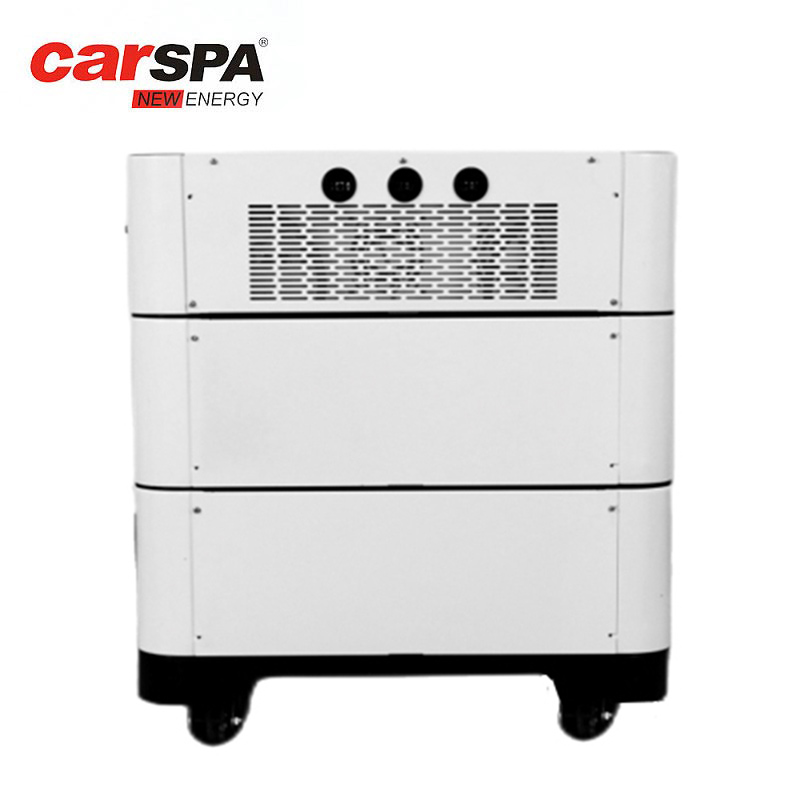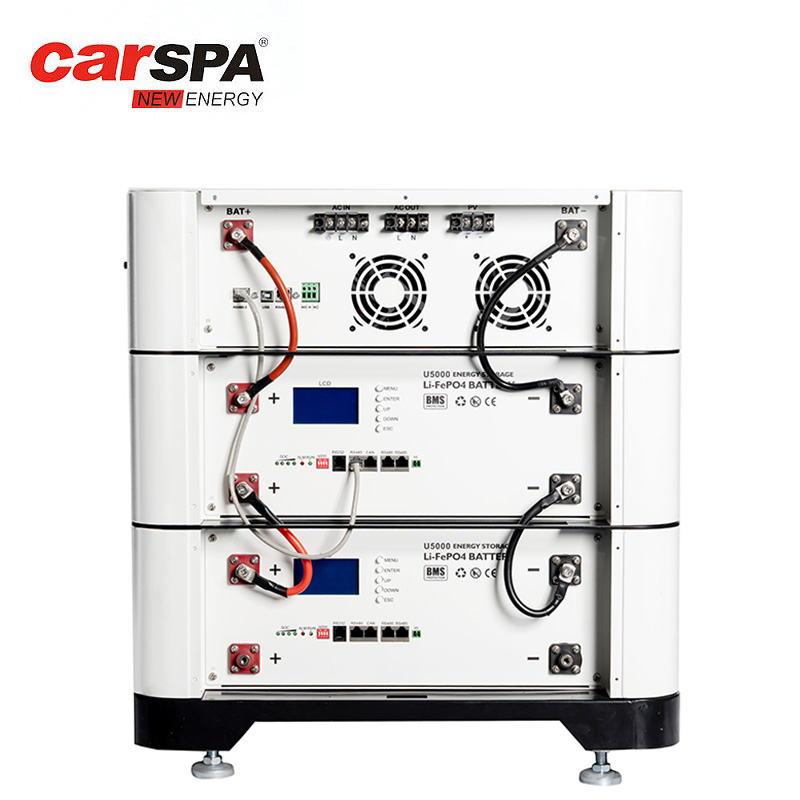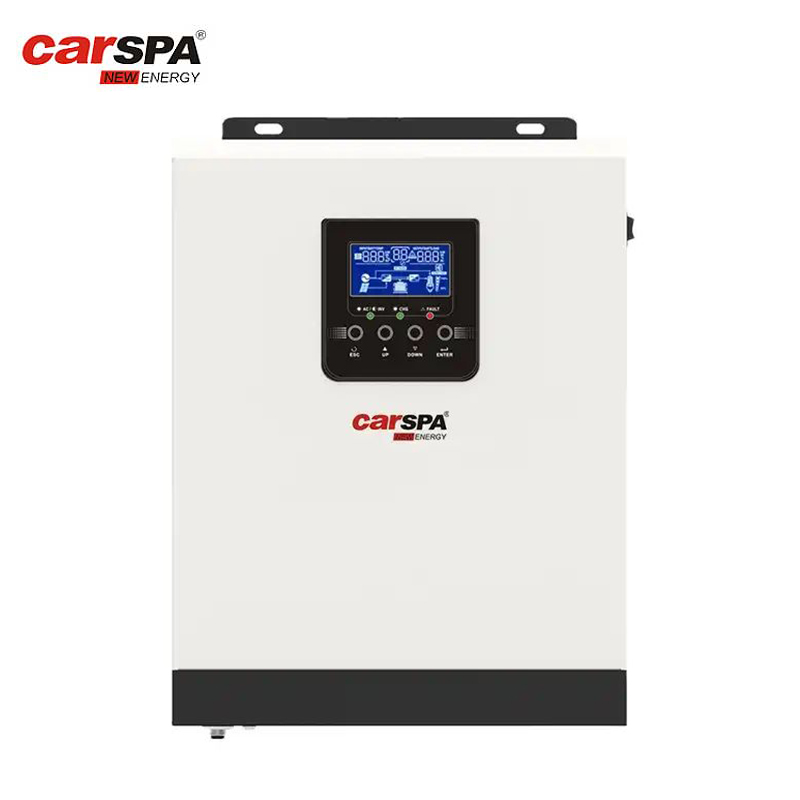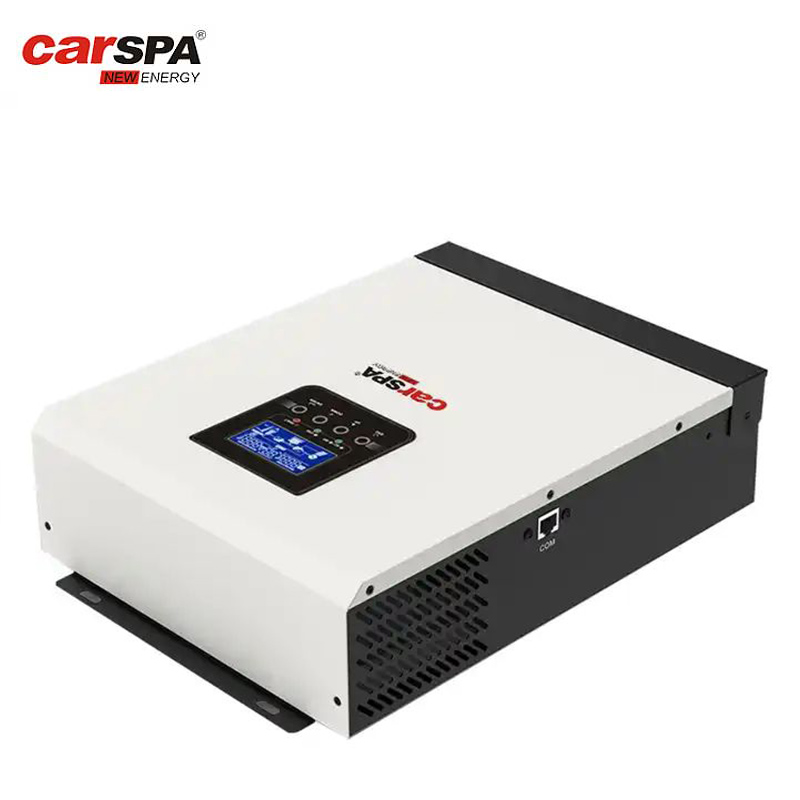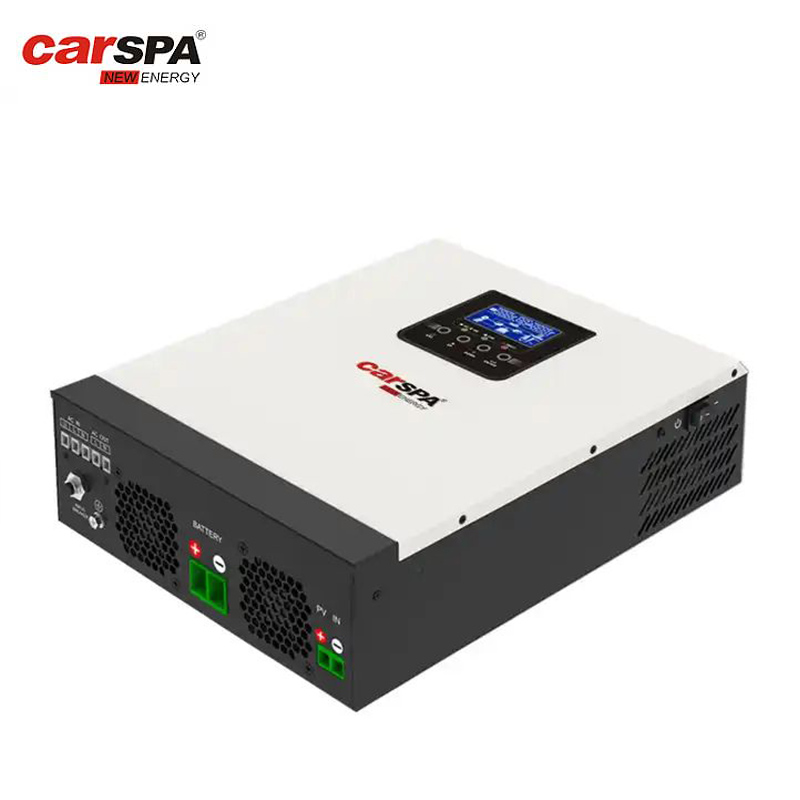How to ensure we can get the truck inverter we need
When it comes to increasing the utility of your truck for professional and recreational use, an integrated truck inverter is a transformative step. The device not only bridges the gap between mobile and stationary power needs by converting direct current (DC) from trucks into alternating current (AC) used by home appliances, but also redefines the convenience and efficiency of mobile electricity. Before getting to the point, let us think about these questions:what are you most concerned about when buying a truck inverter? Is it power capacity and efficiency? Or is it security features, or is it convenience and usability?
What is a truck inverter?
A power inverter for truck is a power conversion device that converts direct current (DC) from a truck's battery into alternating current (AC) that is identical to household power. This allows truck drivers and crews to use everyday household appliances such as microwaves, computers, televisions, and chargers in the vehicle.
How to determine the inverter power you need?
1. Identify your needs
First, you need to list all the devices you want to be powered by the inverter. For example, this might include a television, microwave, refrigerator, or power tools. Each device is labeled with the power required (usually in watts (W)). Add up the power required by these devices and this will help you understand the minimum continuous power requirement of the inverter required.
2. Understand the types of inverters
The inverter is mainly divided into two waveform outputs: modified sine wave and pure sine wave. Modified sine wave inverters are generally less expensive but may not be suitable for sensitive equipment with higher power quality requirements. Pure sine wave inverters provide current quality similar to that of household power supplies, making them more suitable for sensitive equipment such as computers and medical equipment.
3. Choose the appropriate power capacity
The power label of the inverter is divided into continuous power and peak power. Continuous power is the power that the inverter can continuously provide, while peak power is the maximum power that the inverter can provide in a short period of time. It is usually used to start equipment such as motors that require a large amount of starting current. Make sure the continuous power of the inverter you choose can cover the total power requirements of all devices, and the peak power must be able to handle at least the starting demand of the highest single device.
4. Steps to calculate and determine the required inverter power
List the devices: First, write down all the electrical devices you want to run through the inverter. For each device, look for its power requirements, usually found in the device's manual or on a label near the power outlet, in watts (W). Calculate total power: Add the power requirements of all devices to get the total power you need. For example, if you have a 600-watt microwave and a 400-watt TV, your total power requirement will be 1,000 watts.
Consider peak power: Some devices require more power when starting up than when running normally, this is called starting power or peak power. For example, power tools and some compressors may require 2 to 3 times more current than the nominal power when starting. Ensure that the peak power of the inverter can meet the highest starting power demand.
Choose the inverter type: Choose the appropriate inverter type according to your equipment. If the equipment includes computers, audio equipment, or other electronics that are sensitive to power quality, a pure sine wave inverter is recommended. If it's mainly a few basic appliances, like light fixtures or tools, a modified sine wave inverter may be a lower-cost option.
Leave some room: In order to ensure the stable operation of the inverter and avoid overload, it is recommended to select an inverter with a continuous power that is at least 20% higher than the total demand. This provides enough margin to ensure that the inverter can work stably under various conditions.
Consider efficiency: In the process of converting DC power to AC power, the inverter loses energy, which usually appears as heat. The efficiency of the inverter (usually between 80% and 90%) affects its actual output capability. Choosing a higher efficiency inverter allows for more economical use of electrical energy.
Consider efficiency and extra features: The efficiency of an inverter determines how much input power it converts into output power. The higher the efficiency, the less energy is wasted. In addition, some inverters have additional features such as remote control switches, USB ports, LED displays, etc., which can be selected according to your needs.
Why should we pay attention to safety features?
Safety features are crucial in the use of inverters to ensure the proper operation of the equipment and prevent possible dangers. Here are two practical examples of inverter safety features that can help prevent failures and accidents:
Overload Protection: Overload protection is a common safety feature found in inverters. When the total power of the equipment connected to the inverter exceeds the maximum output power that the inverter can withstand, the overload protection function will automatically activate. For example, if a 2000 watt power inverter has more than 2000 watts of total power connected to the device, overload protection will disconnect the power supply, preventing damage to the device and possible fire risk. This function is achieved by automatically cutting off the power supply when the built-in circuit detects that the current exceeds the standard.
Short circuit protection: Short circuit protection is a very critical safety feature in the inverter. It is used to prevent equipment damage and potential safety risks caused by circuit short circuits. A concrete example can help understand how short circuit protection works:
Suppose you have an inverter mounted on a truck that is used to power various devices such as laptops, refrigerators, etc. On a certain day, the output circuit of the inverter short-circuited due to improper wiring or an internal fault of some device. Without short-circuit protection, this short-circuit can cause a sharp increase in current, which can generate high heat, possibly causing the wire to melt or even cause a fire.
However, if the inverter has short-circuit protection, the situation will be very different. When a short circuit occurs in a circuit, the short circuit protection system immediately detects the abnormally high current flow and quickly cuts off the power supply, preventing further electrical damage and safety incidents.
These safety features not only protect the inverter itself, but also protect the safety of electrical equipment and users using the inverter. When choosing an inverter, it is very important to ensure that it has these basic protection functions, which can greatly reduce the risks that may arise during use. When purchasing, product specifications should be carefully checked to confirm whether these safety measures are included.
Steps for a product to have necessary safety features:
Read the product description: The product instructions or packaging usually list in detail the safety features of the inverter, such as overload protection, short circuit protection, overheating protection, low voltage and over voltage protection, etc. This information is usually clearly stated in the product description.
View customer reviews: By reading reviews from other users, you can understand how the inverter performs in actual use, especially in terms of safety protection. User reviews often mention how well the product reacts when security issues are encountered.
Choose a well-known brand: Inverters from well-known brands usually have more reliable quality assurance and perfect customer service. Because of brand image considerations, these brands usually invest more in research, development and design on safety.
Confirm product certification: Choose inverters that have passed industry certification, such as UL certification, CE certification, FCC certification, etc. These certification marks indicate that the inverter meets strict safety standards.
Ask a professional: If you're not sure how to choose, ask a salesperson or professional electrical technician. They can recommend an appropriate inverter based on your specific needs and explain the importance of different safety features.
Compare features and prices: Compare the features and prices of different inverters while meeting basic safety requirements. Higher price may not always mean better, the key is to find products that offer good value for money.
How do beginners evaluate the convenience and usability of inverters?
When choosing an inverter, it is critical to consider its convenience and usability, especially for the inexperienced. Here are some detailed suggestions on how to evaluate the convenience and usability of an inverter:
1. Ease of installation: Choose an inverter that is easy to install, especially those that come with a user manual and installation guide. Some inverters are designed to be plug-and-play and do not require complex configuration, which is very friendly for beginners.
2. User-friendly interface: The control panel of the inverter should be clear and easy to understand. Inverters with digital displays (such as LED or LCD screens) can display key information such as voltage, current, and power in real time, helping users better monitor equipment status.
3. Remote control function: Some high-end inverters are equipped with a remote control function, allowing users to remotely switch the inverter on and off through a remote control or smartphone app. This feature is particularly suitable for inverters that are installed in a location that is inconvenient for direct operation.
4. Multifunctional interfaces: The availability of the inverter is also reflected in the types of interfaces it provides. Multiple AC outlets and at least one USB port allow users to power multiple devices at the same time, which is especially useful during travel or outdoor activities.
5. Compatibility: Make sure the inverter is compatible with your equipment. For example, pure sine wave inverters, although more expensive, can provide more stable and safe current and are suitable for sensitive equipment such as laptops, medical equipment, etc.
6. Portability: If you plan to use your inverter for camping or traveling, it is important to choose a model that is lightweight and easy to carry. Some inverters are designed to be compact, making them easy to store and carry.
7. Easy maintenance: Choose an inverter that is easy to maintain. Some inverters are designed to be fan less and use heat sinks to dissipate heat, thus reducing noise and maintenance requirements.
Conclusion
Choosing the right truck inverter is a nuanced decision that balances power, safety, efficiency, and convenience. By carefully assessing your power needs, opting for the appropriate inverter type, and prioritizing essential safety features, you can ensure a reliable and efficient power source that stands the test of time and usage. Moreover, considering user-friendly features that enhance the ease of use and maintenance can significantly improve your experience. Ultimately, a well-chosen inverter not only supports the seamless operation of electronic appliances on the road but also secures peace of mind through enhanced safety and optimal performance.


